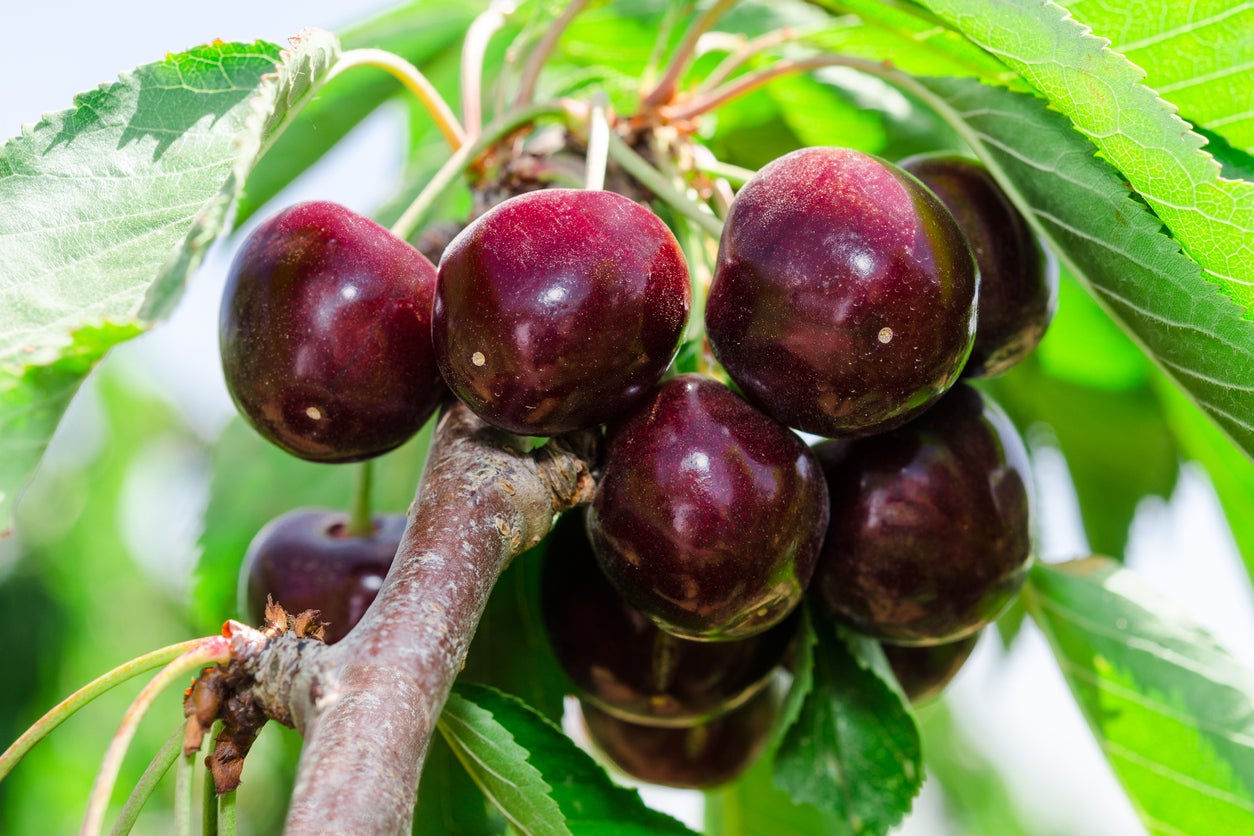Cherry ‘Black Tartarian’ Info: How To Grow Black Tartarian Cherries


Few fruits are more enjoyable to grow than cherries. These tasty little fruits pack a flavorful punch and provide a big harvest. Cherries can be enjoyed fresh, they work well in desserts and savory dishes, and they can be preserved easily to eat all winter. When choosing a tree for your backyard or small orchard, consider all the benefits of a Black Tartarian cherry tree.
What are Black Tartarian Cherries?
Black Tartarian is an old variety of sweet cherry. It originated in Russia and was introduced in England and the U.S. by the late 1700's. The tree was once called the Large Black Heart, which is descriptive of the fruit: deep, dark red, and large.
For a sweet and juicy cherry, Black Tartarian is hard to beat. It’s a popular variety for taste and texture. It’s also popular with home growers because it produces abundantly – pretty, sweet-smelling spring flowers and ripe fruit in early summer.
This variety is also adaptable to a lot of different soil types and tolerates drought better than some others. It’s a fairly easy tree to grow for the home gardener.
How to Grow Black Tartarian Cherries
As with other cherry trees, growing Black Tartarian requires full sun and enough space for it to grow out and up to about 10 and 15 feet (3-4.5 m.), unless you choose a dwarf tree. You will actually need room for two trees, as this variety is not self-pollinating. Any other sweet cherry, like Stella, Bing, or Van, will work as a pollinator. Without an additional tree, your Black Tartarian will not produce fruit.
Nearly any soil type will do for this tree, but it prefers a lighter soil. What is most important is that the tree sits in soil that drains well and will not collect water. Until the new tree has established good roots, water it regularly. After the first year you can reduce watering to only when there is inadequate rain.
Fertilizing isn’t really necessary for your tree until it begins to bear fruit, after four to seven years. At that point, give it an annual dose of low-nitrogen fertilizer in early spring, before blooms appear.
Gardening tips, videos, info and more delivered right to your inbox!
Sign up for the Gardening Know How newsletter today and receive a free copy of our e-book "How to Grow Delicious Tomatoes".
Regular care should also include pruning once a year. The best way to tell when your sweet cherries are ready to harvest is by taste. They should be firm but fully sweet, as they will not ripen off the tree.

Mary Ellen Ellis has been gardening for over 20 years. With degrees in Chemistry and Biology, Mary Ellen's specialties are flowers, native plants, and herbs.
-
 Try The Trend – Turn Any Bed Into A Keyhole Garden With This Clever In-Ground Composter
Try The Trend – Turn Any Bed Into A Keyhole Garden With This Clever In-Ground ComposterKeyhole gardening is an efficient and sustainable practice that saves space. Get started on this DIY project quickly and easily with an in-ground composter.
By Bonnie L. Grant
-
 4 Superfast Composting Methods: Turn Waste Into Garden Gold In 30 Days Or Less
4 Superfast Composting Methods: Turn Waste Into Garden Gold In 30 Days Or LessTry the fastest composting methods to turbocharge your pile and transform kitchen scraps and garden waste into finished compost in just a few weeks.
By Mary Ellen Ellis